A couple of days ago, Apple refreshed the base model 13-inch MacBook Pro, MacBook Air, and killed off the 12-inch MacBook. So let's take a look at what's new, and how the base model MacBook Pro performs.
Familiar design with new internals
In terms of overall design, it's the same looking 13-inch MacBook Pro we've seen since its 2016 debut, but with the addition of Apple's T2 chip, True Tone display, and it's also now equipped with Apple's updated third-generation butterfly keyboard. We're not going to dive too deep into these new keyboards since we've already covered them in the past.
Whether the replacement of function keys by the Touch Bar is good or not is left as an exercise for the reader.
The new base model 13-inch MacBook Pro has a 1.4GHz quad-core 8th-generation i5 Processor that turbo boosts up to 3.9GHz. Alternatively, it can be upgraded at purchase to a 1.7GHz quad-core 8th-generation i7 Processor that turbo boosts up to 4.5GHz.
The one we have here is the base configuration model equipped with the 1.4GHz quad-core i5 Processor, 128GB SSD, 8GB of RAM and the Intel Iris Plus 645 Graphics. This 13-inch MacBook Pro retails for $1299 before taxes.
Geekbench 4 single and multi-core scores
Starting off with Geekbench, you can see that our machine got a single thread score of 4761 and a multi-core score of 16932. Comparing that score to the $1799 13-inch MacBook Pro with a quad-core i5 processor, that machine got a single core score of 4993 and a multi-core score of 18283.
Cinebench R20 CPU score
Moving on to Cinebench R20, in our testing, the 13-inch MacBook Pro posted a CPU score of 1583 which is not bad at all at this price point. For comparison, the $1799 13-inch MacBook Pro with four Thunderbolt 3 ports posted a CPU score of 1779.
Unigine Heaven results
With everything set to default, we decided to run Unigine Heaven several times to find out how the Intel Iris Plus 655 graphics performs under load. The new 13-inch MacBook Pro got a score of 784, and an average frames per second of 31.1 with a max frames per second of 66.7.
If you're looking to game on your Mac or if you rely heavily on the graphics card, we recommend picking up an external graphics solution — and we have some suggestions for enclosures if you go this way.
SSD is slower, but not the slowest
Moving on to BlackMagic's Disk Speed Test, the $1299 base model 13-inch MacBook Pro tops out at around 495MB/s for its write speeds and around 1350MB/s for its read speeds. Not the fastest drive the Apple offers, but it's still leagues better than a spinning hard drive.
Final Cut Pro
If you're a video creator and you're curious about Final Cut Pro X's performance, we compiled five minutes of 4K H.264 footage, we then added color grading, and exported the same timeline several times with background rendering on and off. And with it on, we got an exported file at just 2 minutes and 45 seconds and with background rendering off, it exported the video at 10 minutes and 26 seconds.
The T2 chip helps with some encoding jobs. We've discussed this before, but given that the 2017 model has the T1 chip, there will be notable differences in encode times versus the old model. We'll be looking at this in more depth for our full review.
Like its $1799 counterpart we personally wouldn't recommend editing anything higher than 1080p on this base model MacBook Pro because 4K playback stutters from time to time. But, if you're patient, it is still capable of editing 4K, so long as your optimize your media beforehand or edit with proxy files. Doing that can take up extra storage space and if you're planning on editing 4K videos, we would highly recommend picking up an external storage solution, especially with this base 128GB SSD configuration.
The new base model 2019 13-inch MacBook Pro is a much cheaper entry to Apple's Pro line of laptops, and it now offers Apple's T2 chip, Touch Bar, True Tone, and Apple's updated third generation butterfly keyboard.
Is the 2019 13-inch MacBook Pro competitive with Apple's now mid-tier spec with four Thunderbolt 3 ports? The new model is powerful enough for basic tasks, and running multiple programs at once, as well as some light video editing and Photoshop work.
If you're OK with sacrificing two extra Thunderbolt 3 ports, a very slight decrease in performance not proportionate to the difference in cost, and a smaller and slower SSD, then Apple's newest base model MacBook Pro is the way to go. If not, you have plenty of options to choose from with their new lineup of laptops.
We'll be looking closer at the machine in the days to come.
How to save
Coupon deals are available on Apple's new 2019 13-inch MacBook Pro with Touch Bar, with no interesting financing offers available to help spread out the payments over time.
Available savings can be found 24/7 in our 2019 13-inch MacBook Pro with Touch Bar Price Guide.
Meanwhile, closeout savings are also in effect on 2018 13-inch MacBook Pro models, saving shoppers hundreds of dollars on remaining inventory.
Keep up with AppleInsider by downloading the AppleInsider app for iOS, and follow us on YouTube, Twitter @appleinsider and Facebook for live, late-breaking coverage. You can also check out our official Instagram account for exclusive photos.
 Mark Linsangan
Mark Linsangan
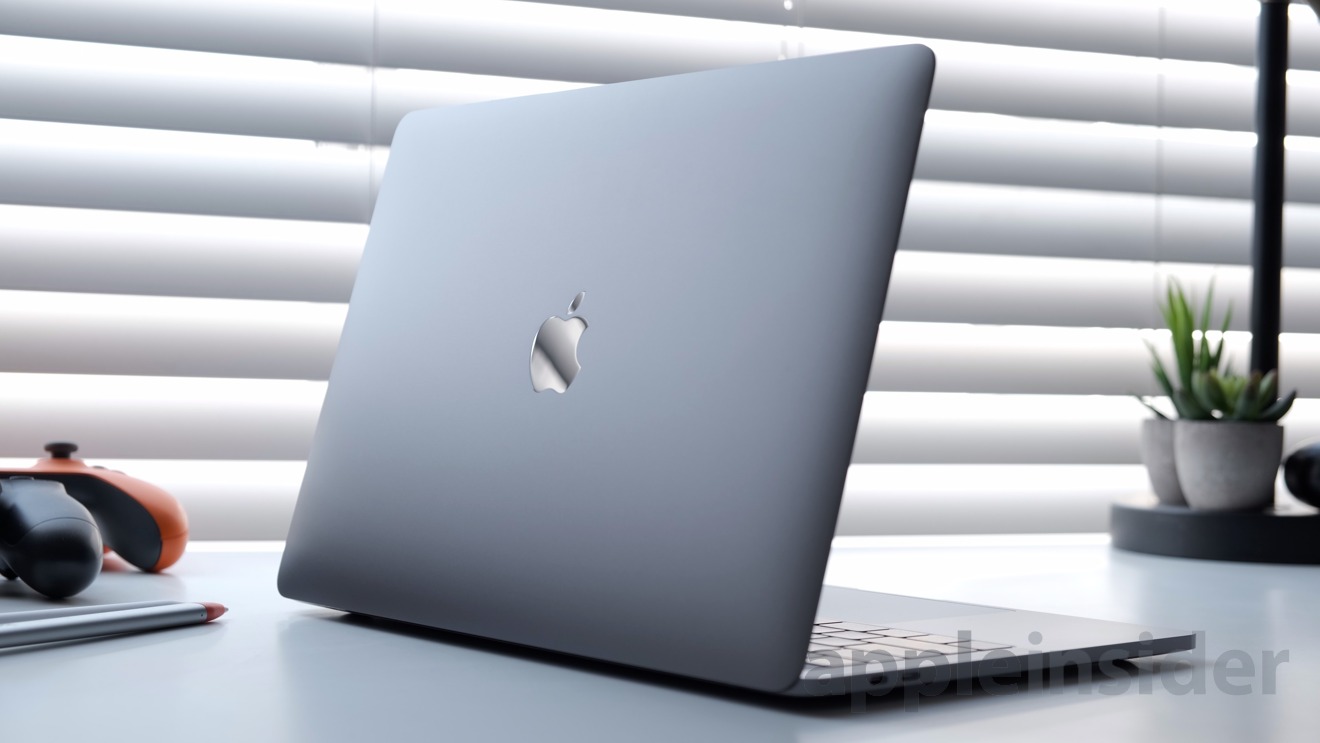
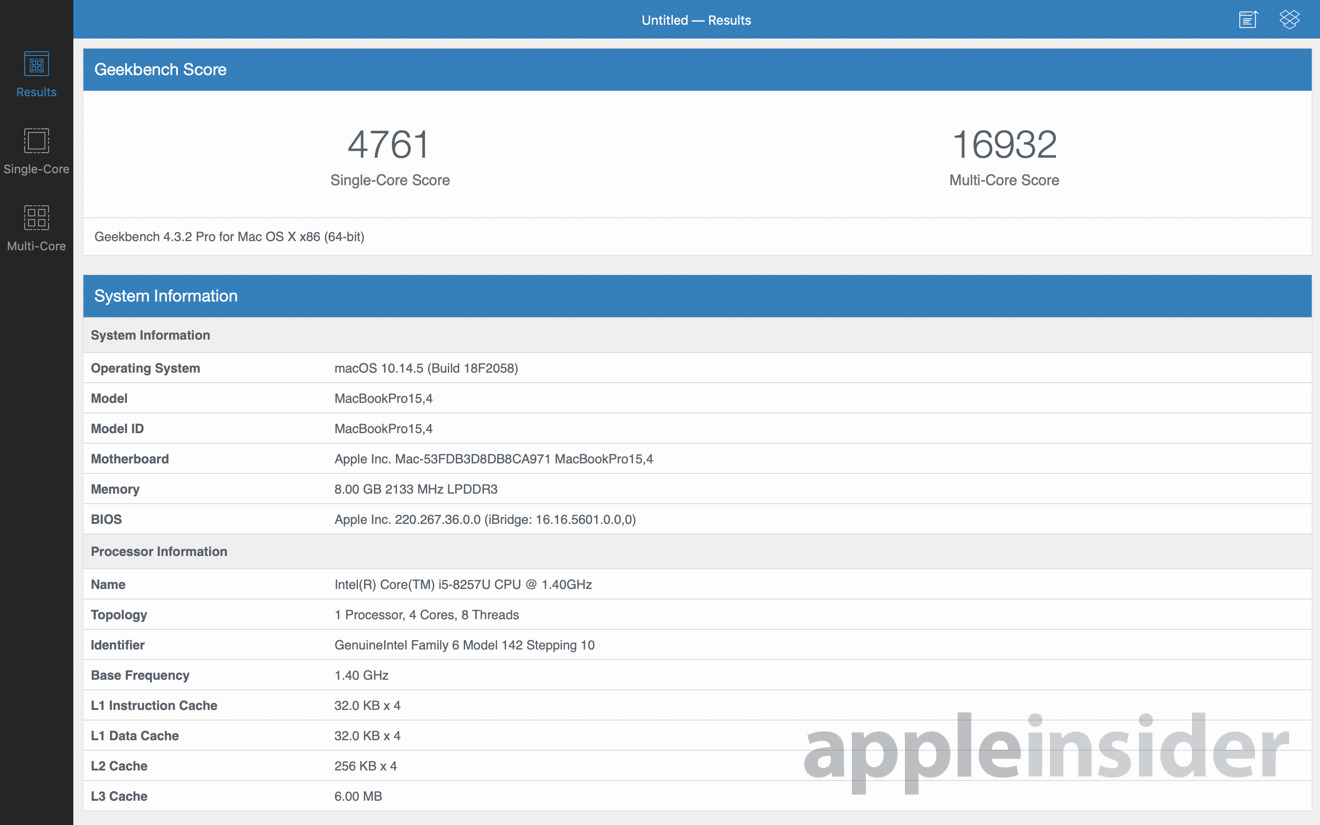
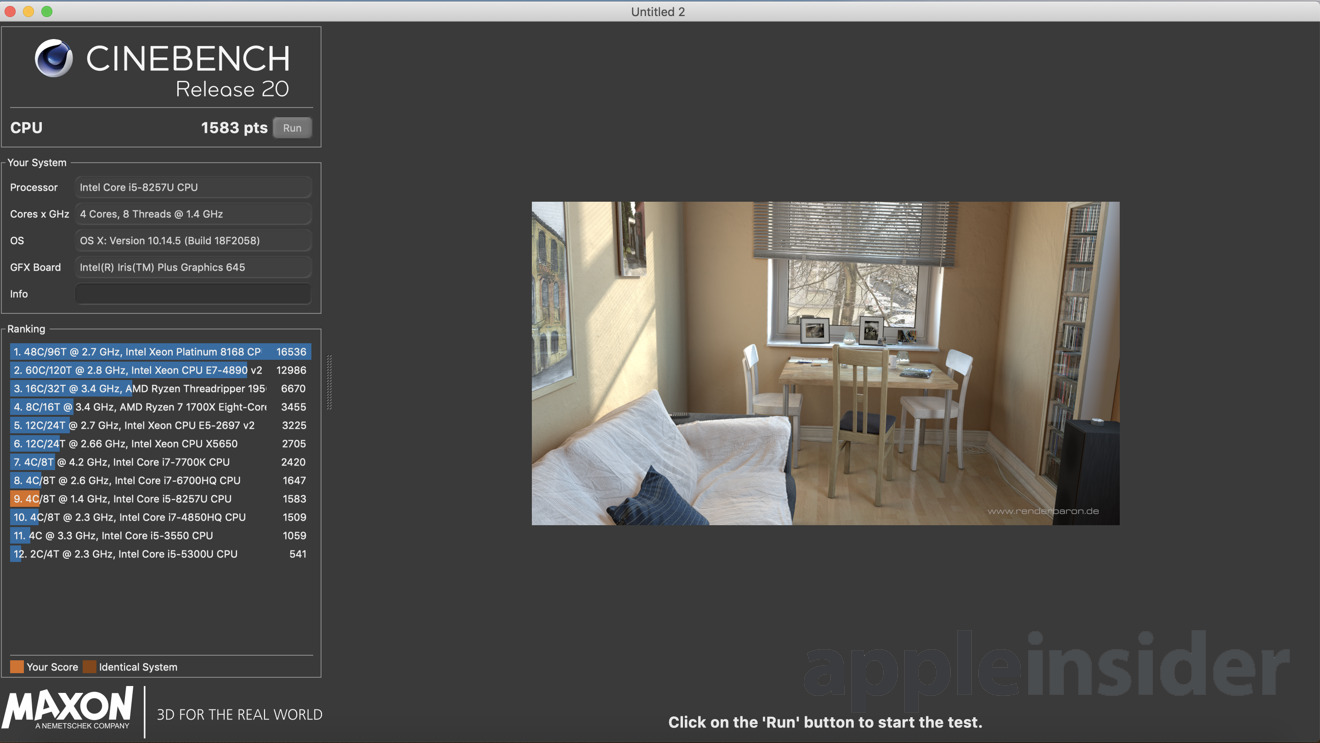
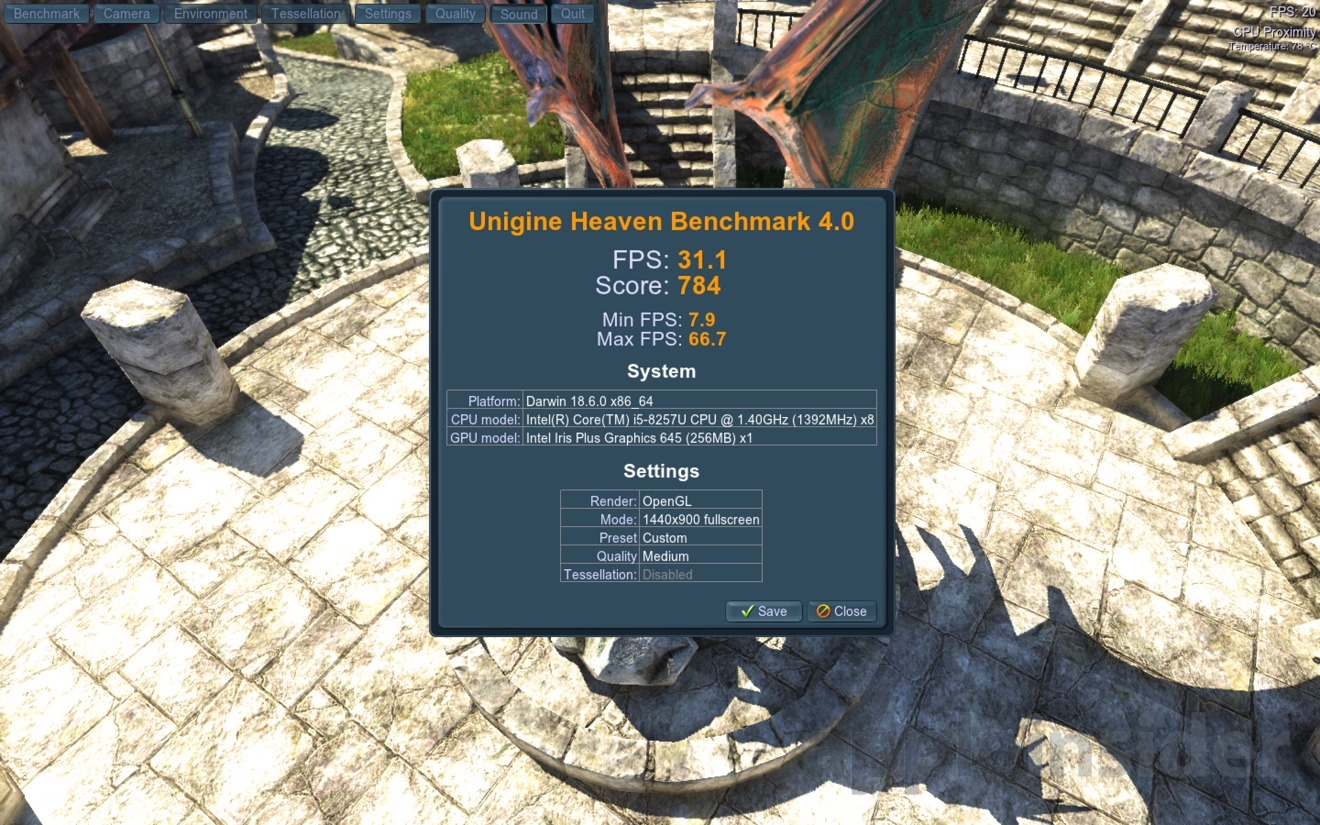
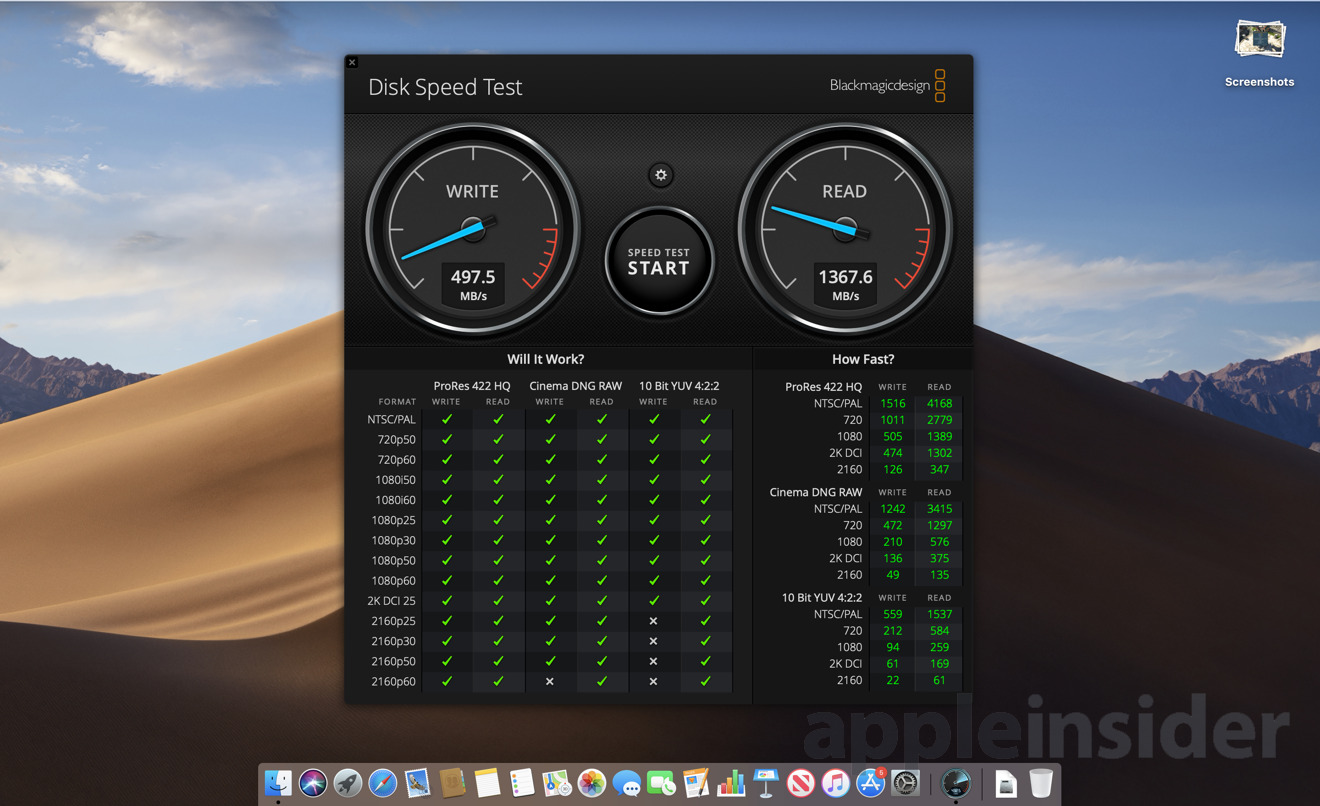
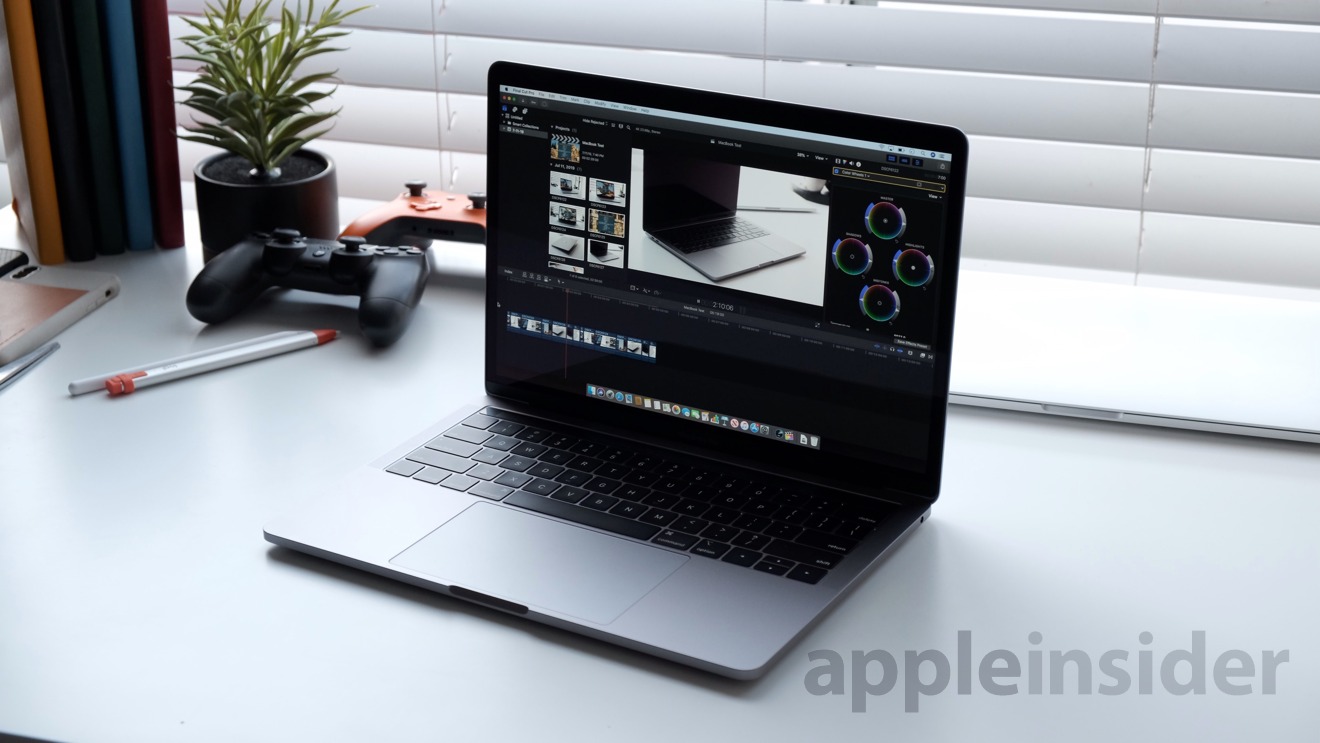
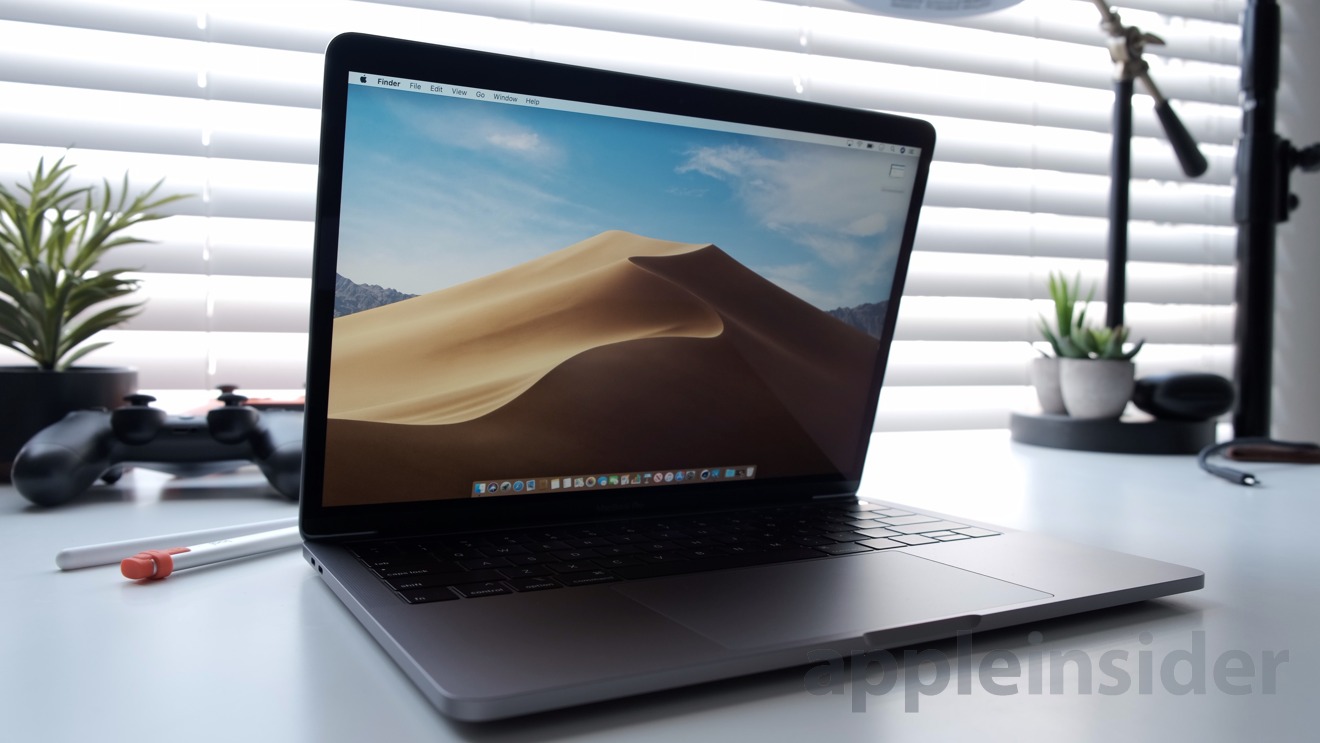







-m.jpg)






 Charles Martin
Charles Martin
 Christine McKee
Christine McKee
 Wesley Hilliard
Wesley Hilliard
 Malcolm Owen
Malcolm Owen
 Andrew Orr
Andrew Orr
 William Gallagher
William Gallagher
 Sponsored Content
Sponsored Content







52 Comments
Based on iFixit's teardown, the 128 GB SSD is implemented as two 64 GB chips with empty spots for two more. I suspect the 256 GB and higher SSDs would perform significantly better.
Look like a good fit for my use case. I need a new machine for Lightroom and some coding. I'm going to slap a hub on it (because the Dongle Life is real) so 2 Thunderbolt ports doesn't really hamper it much. $1899 for 16GB RAM + 512GB SSD is pretty reasonable.
Seeing as 128 GB isn’t big enough for most people, this computer is no bang for your buck.